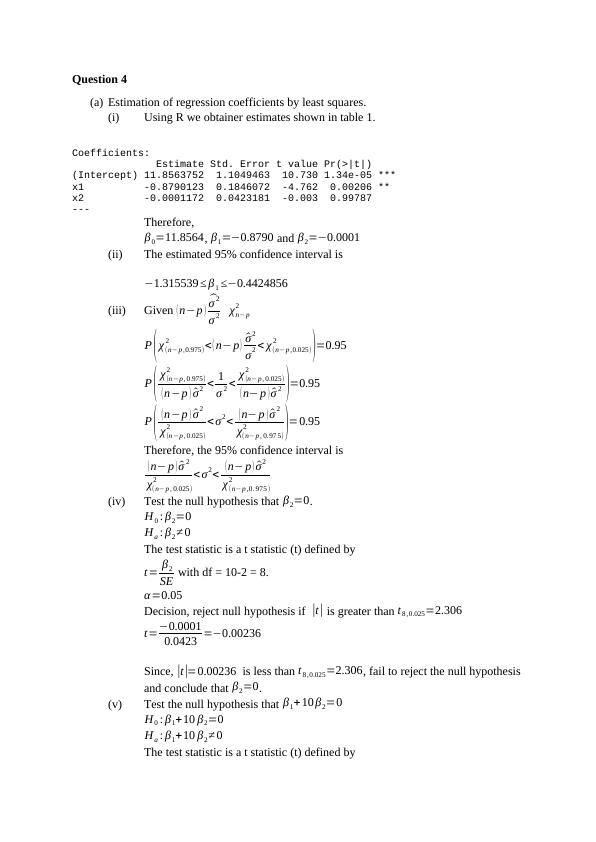Regression Analysis | Assignment-1
Added on 2022-09-12
7 Pages872 Words19 Views
End of preview
Want to access all the pages? Upload your documents or become a member.
Linear Regression and Correlation Analysis Assignment
|13
|1372
|109
ECON1095 Quantitative Methods In Finance
|13
|925
|171
Analyzing Registered and Casual Users: Linear Regression, T-Test, and ANOVA Results
|7
|970
|418
Probability of Chi Square Statistics
|17
|3311
|188
Regression Models using Cross Section Data Assignment 2022
|5
|1017
|16
Mortgage payment Gender Income
|8
|728
|10



